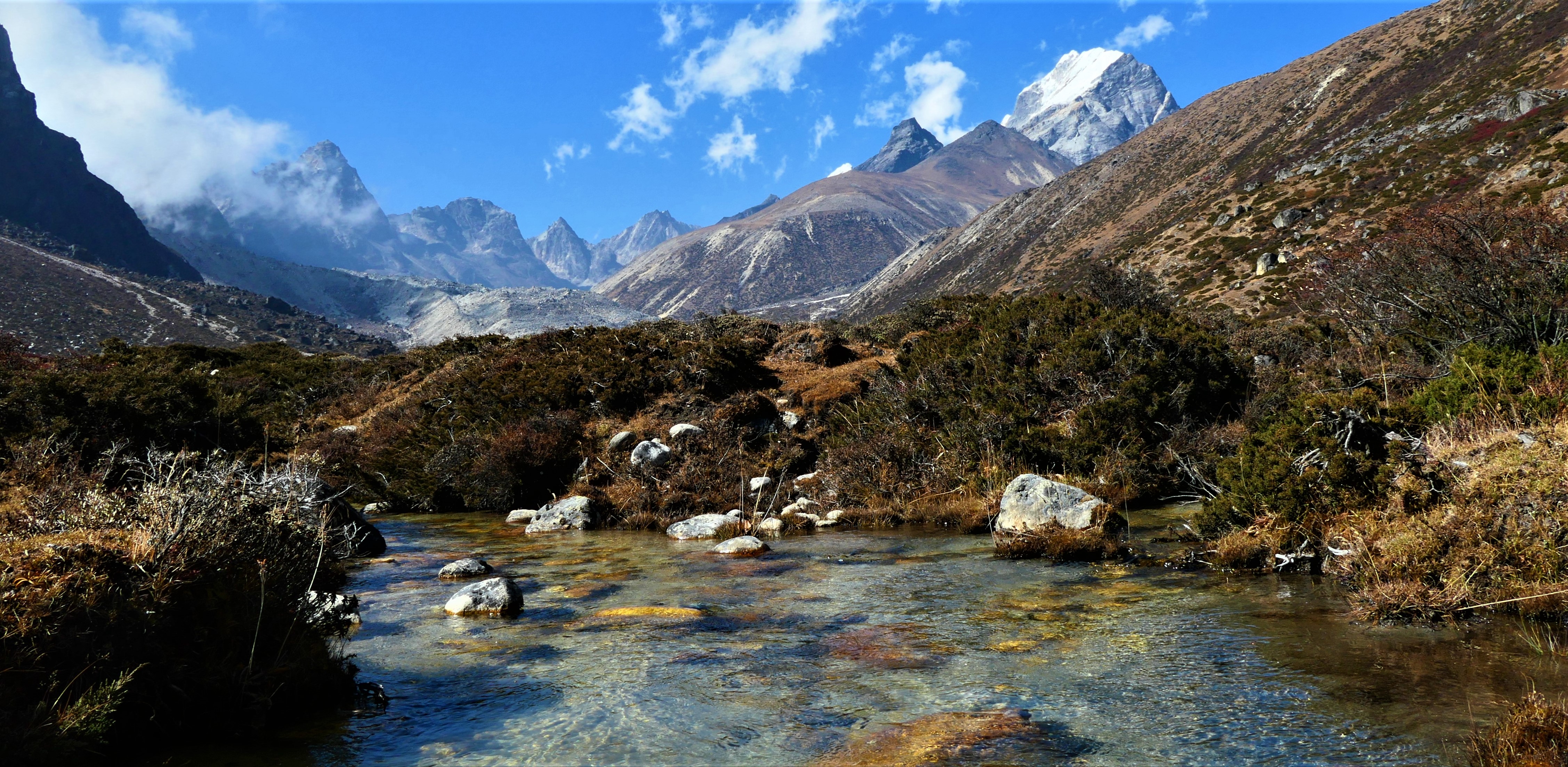Many species in mountains have to choose between higher temperatures or decreased oxygen levels
As a result of global warming many species are currently shifting altitudinal distribution in mountain areas. Even though most move to higher altitudes, there are large differences among species, and some even shift downward to lower altitudes. A recently published paper in the acclaimed journal Frontiers in Ecology and the Environment from the Ecological Society of America presents a theory that might contribute to our understanding of these differences among species.
Due to climate warming species distribution models predict upwards shifts of altitudinal ranges. However, observed range shifts vary grossly among species. Often upward shifts appear to overshoot, or lag behind temperature-based model predictions. Also downward shifts, although rather counterintuitive in a climate warming perspective, are observed. These differences among species are interesting, and have usually been explained by differences in dispersal capacities and biotic interactions may contribute to differences between expected and observed range shifts.

In a paper recently published in the acclaimed journal Frontiers in Ecology and the Environment from the Ecological Society of America, Dean Jacobsen, Freshwater Biological Section, presents a completely new theory that might contribute to our understanding of these puzzling differences in altitudinal shifts among species, at least for ectothermic (ie so-called cold-blooded) aquatic animals.
- Dean Jacobsen explains, ‘This MODAS (”metabolic-oxygen driven altitudinal shift”) theory points out that because not only the temperature but also the availability of oxygen decreases towards higher altitudes, the variation in altitudinal range shifts can be related to differences among species in their metabolic thermal sensitivity, ie how much their metabolism, and thus oxygen demand, increases with temperature (the so-called Q10 value).
The theory predicts that the resulting species-specific altitudinal shift should depend on the metabolic thermal sensitivity and the relative importance of conserving pre-warming temperature versus that of maintaining the same relative oxygen demand-supply balance as before warming. Upward shifts should always occur if priority is given to conserving pre-warming temperature. In contrast, if the importance of conserving the oxygen demand-supply balance exceeds that of conserving pre-warming temperature, then downward shifts should occur at low Q10, while overshooting upwards shift, i.e. seeking even lower than pre-warming temperatures, should occur at high Q10.
This theory can be important to estimate where species are settling down as a result of global warming, and to predict biodiversity in various heights in mountain areas.
Kontakt
Associate professor Dean Jacobsen
Freshwater Biology
Department of Biology, University of Copenhagen
Tel: +45 3533 0132
Mail: djacobsen@bio.ku.dk
Helle Kirstine Blæsild
Teamleader PR & Communications
Department of Biology, University of Copenhagen
Tel: 2875 2076
Mail: helleb@bio.ku.dk
Sidsel Kretzschmer Henriksen
Science Communication
Department of Biology, University of Copenhagen
Tel: 3533 4147
Mail: sidsel.henriksen@bio.ku.dk
